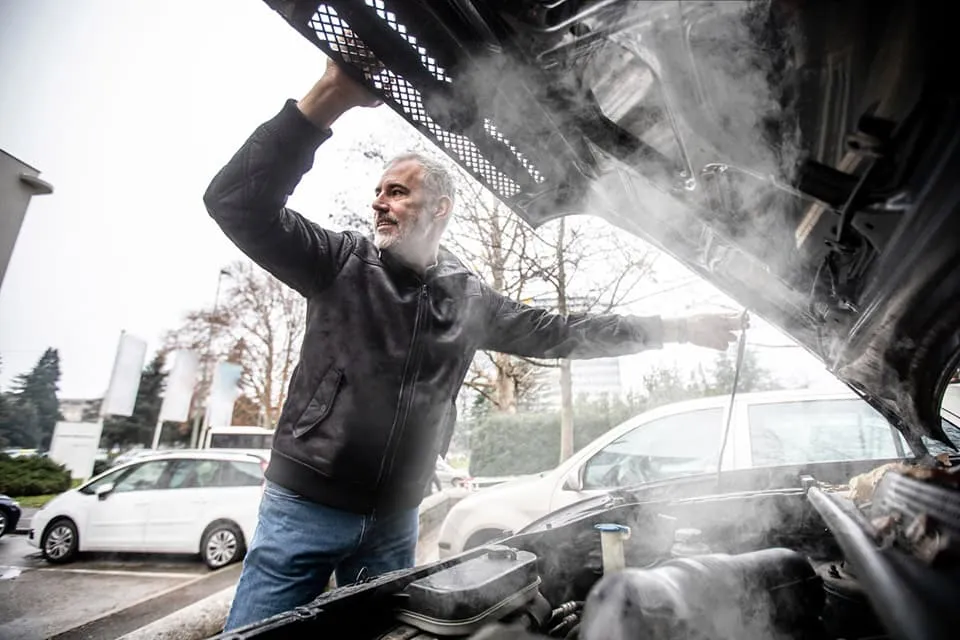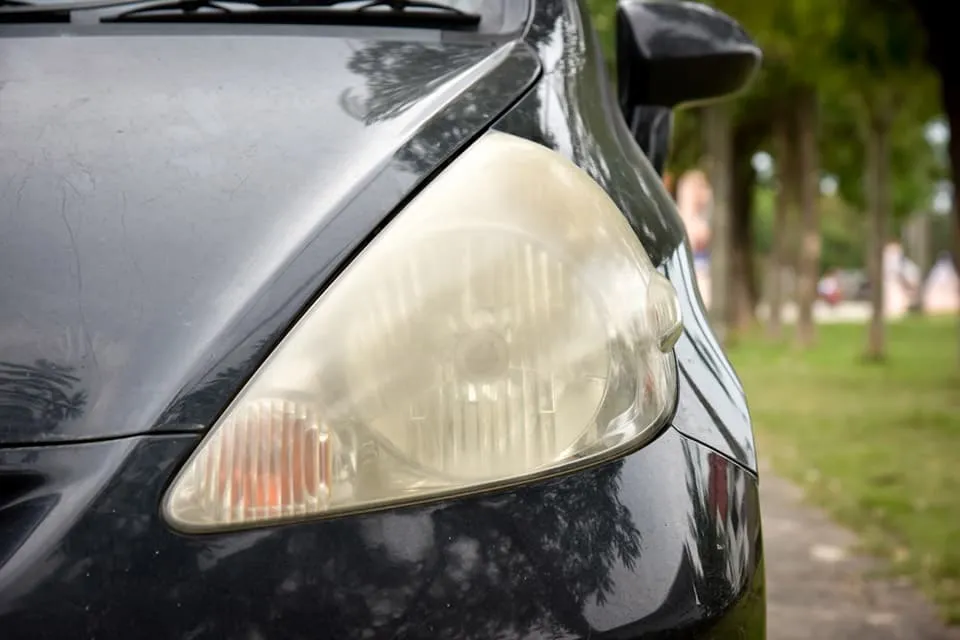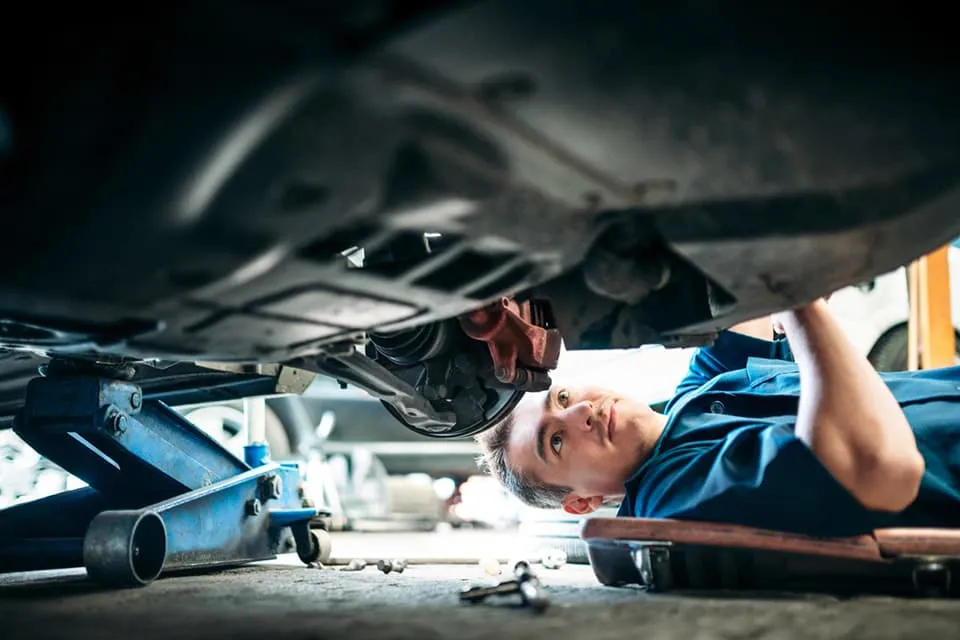How Much Is Wear and Tear On a Car Per Mile?

Spending money on your vehicle's care and maintenance is a worthwhile investment; doing so can dramatically extend the life of an older or high-mileage car and reduce the cost and frequency of significant repairs. If you learn to identify the signs of car wear and tear early, you can make adjustments that prevent your vehicle from undergoing further damage. While some level of deterioration is normal, reacting quickly can be the difference between a repair that costs less than $100 and one that racks up thousands at an auto body shop. Additionally, calculating wear and tear on your car can help you stay on top of routine maintenance and anticipate potential issues before they become costly problems. By understanding the rate at which your vehicle wears down, you can better budget for future repairs and keep your car running smoothly.
What is Wear and Tear On a Car?

Car wear and tear includes any damage to your car's internal or external systems resulting from normal vehicle usage. Wear and tear on a car can manifest in many different forms and tends to affect frequently used components like:
- Headlights: One common form of car wear and tear is headlight fogging. This film-like build-up on the inside of your headlights can prevent them from illuminating the road, which can be dangerous at night. The headlights themselves will also burn out over time, with the standard headlight lasting around five years.
- Tires: Tires will naturally wear down over time, though the speed with which they deteriorate depends on your specific driving location and behavior. If you drive on well-maintained roads and avoid driving quickly around corners, your tires will usually last much longer. For example, if your tires are expected to last 50,000 miles and you spent $500 on them, you can calculate their wear and tear cost per mile like this: $500 / 50,000 = $0.01. This means every mile you drive adds one cent of wear and tear to your tires, giving you a clearer picture of how your driving impacts long-term maintenance costs.
- Battery: Corrosion is the main car wear and tear issue that will affect your batteries and shows up as either rust or a white/blue powdery build-up. If left uncleaned, this buildup can reduce the total lifetime of your battery and prevent your car from starting.
- Brake Pads: Brake pads wear down at different rates depending on where you primarily drive. If you commonly travel in the city, your brake pads will likely have a shorter lifetime than a highway driver. This is due to the frequent stopping and starting associated with city driving and the quick braking necessary in dense traffic.
- Shocks and Struts: As the pistons inside these components move up and down, the oil within them loses viscosity. Bushings and other components can also deteriorate due to high temperature, friction, age, and excess weight. Over time, this can cause poor handling, loud noises, and increase your vehicle's bouncing on rough roads.
- Belts: The primary belts in your car, the serpentine belt and timing belt, can wear down over time and begin to fray or crack. This is due to both regular usage and changes in temperature. If your belts fail, they can leave your car inoperable, so it's best to look for signs of fraying early.
- Hoses: There are many hoses in your car that connect to components like your heater, air conditioning, power steering, and radiator. In addition to fuel lines and vacuum lines, these will deteriorate as you continually wrack up miles. Check your hoses for cracks and dryness regularly to ensure they aren't about to fail.
- Spark Plugs: Your average spark plug will last between 20,000 and 30,000 miles or between 1.5 and 2.25 years. Spark plugs can fail earlier due to extreme temperature changes, like repeated overheating due to other malfunctioning systems.
Car wear and tear will also affect larger parts of your vehicle's internal mechanics, like your engine and transmission, though this tends to be slower than the components listed above. You can calculate the wear and tear cost per mile to get an exact value as well; this is known as ownership cost of a car.
How to Calculate Wear and Tear on a Car

While wear and tear can allude to the general condition of your vehicle, it can also be calculated mathematically. This value, known as "cost of ownership", is calculated by adding up your total cost of maintenance for a year, which includes depreciation, scheduled maintenance, and repairs. Once you have that number, you can divide it by your annual mileage to get your approximate cost of ownership.
So, for example, if you drive an average of 20,000 miles per year, your average maintenance cost is $2000, and your annual depreciation in that year is $1700. By adding your maintenance and depreciation together ($3700) and dividing by 20,000, we get your wear and tear cost per mile: $0.185
How Can You Reduce Car Wear and Tear?

There are a few ways you can reduce the deterioration rate of your vehicle, including:
- Change your oil regularly. Leaving too much time between oil changes can damage your engine and other internal components.
- Check your tire pressure to increase tire lifespan. Having the correct tire care can also increase your vehicle's fuel efficiency.
- Let your car warm up on cold days to allow the oil to heat up.
- Use the parking brake when you park to take the stress off of your transmission.
- Don't apply your brakes too heavily, as this dramatically deteriorates brake pads.
- Create a regular maintenance schedule. Get your car checked, fluids filled, and repairs made every 15,000 to 20,000 miles.
Signs of Wear and Tear On a Used Car
While visually inspecting a car may reveal some signs of car wear and tear, it's difficult to fully evaluate the true condition of a used car. If you are considering buying a car and want to know more about its wear and tear, history of accidents, and significant repairs, you'll want to get a vehicle history report. These reports can provide you with valuable data about a car you intend to buy, including:
Vehicle Overview
Title History
Sales History
Location History
Pricing
Residual Values
Junk/Salvage Records
Insurer "Total Loss" Records
Auto Specs
Title Brands (Problem Checks)
Mileage Information
Awards and Accolades
NHTSA Crash Testing and Recall Data
And Much More!
With this information, you can negotiate better prices, find hidden damage, and confirm that your seller is telling the truth about the car's history.
FREE Vehicle Search
- Accidents
- Problem Checks
- Title Records
- Recalls
- Values
- Specs
-
InfoPay, Inc. (dba GoodCar) is an Approved NMVTIS Data Provider
-
-































